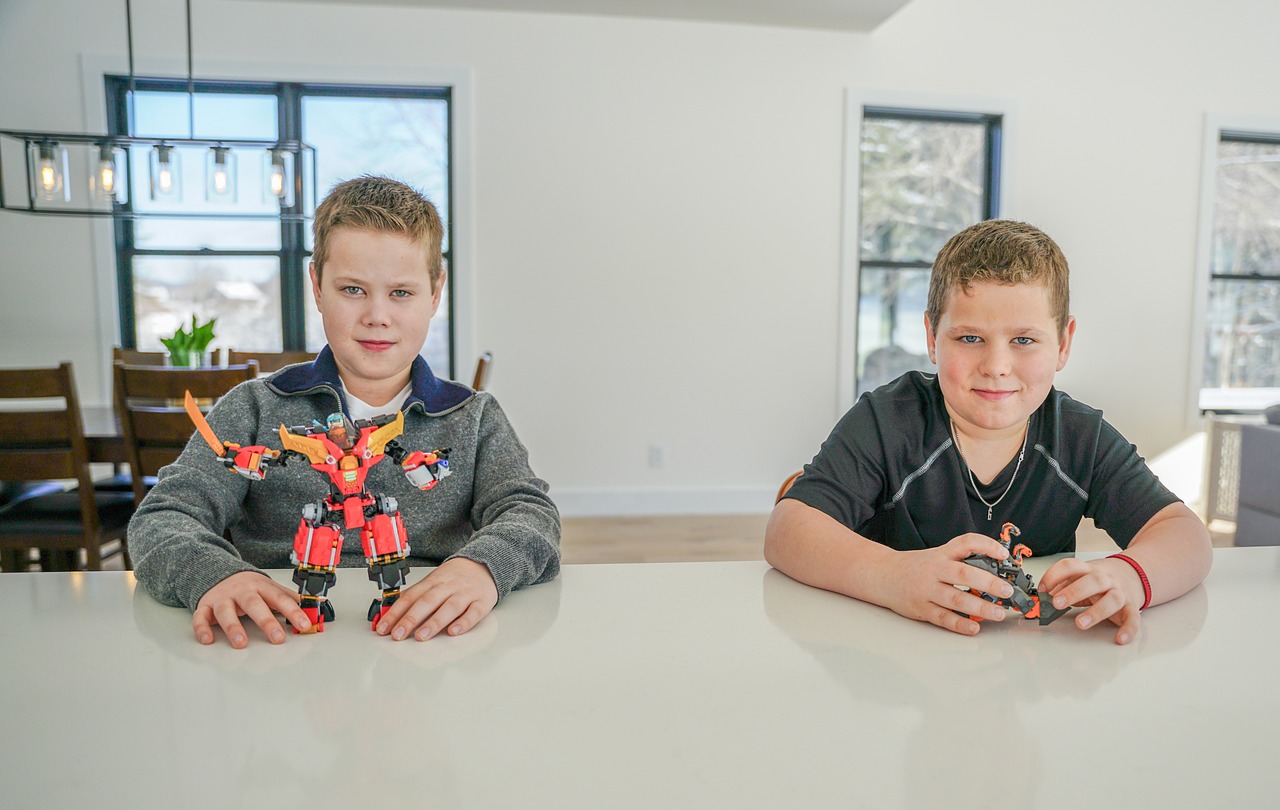Retrofitting Your Home for Accessibility: Universal Design Principles
When making your home accessible, it is crucial to consider the layout and flow of your living spaces. Remove any physical barriers, such as steps or narrow doorways, that may impede movement for individuals with mobility challenges. Ensure there is enough space to maneuver a wheelchair or walker comfortably throughout the home.
In addition to physical accessibility, incorporating features like grab bars in the bathroom and handrails along staircases can greatly enhance safety and independence for those with mobility limitations. Making sure that light switches, thermostats, and other commonly used items are within reach for individuals of all heights and abilities is also an important aspect of creating an inclusive home environment.
Understanding Universal Design Principles
Universal design principles focus on creating spaces that are accessible and user-friendly for individuals of all ages and abilities. This design approach aims to minimize barriers and improve the overall functionality and usability of a home. By incorporating features that cater to a wide range of needs, universal design promotes inclusivity and enhances the quality of life for everyone living in or visiting the home.
Key elements of universal design include features such as wide doorways and hallways for easy maneuverability, lever-style door handles that are simpler to operate, and barrier-free entryways to accommodate individuals using mobility aids. Additionally, adjustable countertops and grab bars in bathrooms are common examples of how universal design principles can be applied to enhance convenience and safety within the home.
Creating a Safe and Functional Home Environment
When it comes to ensuring a safe and functional home environment, it is essential to focus on a few key aspects. First and foremost, proper lighting is crucial in every area of the house to prevent accidents and promote a sense of security. Bright, well-lit spaces help individuals navigate their surroundings with ease, reducing the risk of tripping or falling.
Additionally, maintaining clear pathways throughout the home is vital for accessibility and safety. Clutter-free floors and unobstructed walkways not only prevent accidents but also create a more pleasant living environment. By organizing furniture and belongings in a way that allows for easy movement, you can enhance the functionality of your home while minimizing potential hazards.
What are some key considerations for making my home accessible?
Some key considerations for making your home accessible include ensuring clear pathways, installing grab bars in bathrooms, using non-slip flooring, and having adjustable countertops.
What are universal design principles?
Universal design principles focus on creating spaces that are usable by people of all ages and abilities. This includes features like wider doorways, lever handles on doors, and curbless showers.
How can I create a safe and functional home environment?
To create a safe and functional home environment, consider removing tripping hazards, installing adequate lighting, securing rugs and carpets, and using furniture that is easy to move around.
Are there any resources available for designing an accessible home?
Yes, there are resources available such as design guidelines from organizations like the National Association of Home Builders and the American with Disabilities Act (ADA) guidelines. You may also consider hiring a certified aging in place specialist (CAPS) for assistance.





